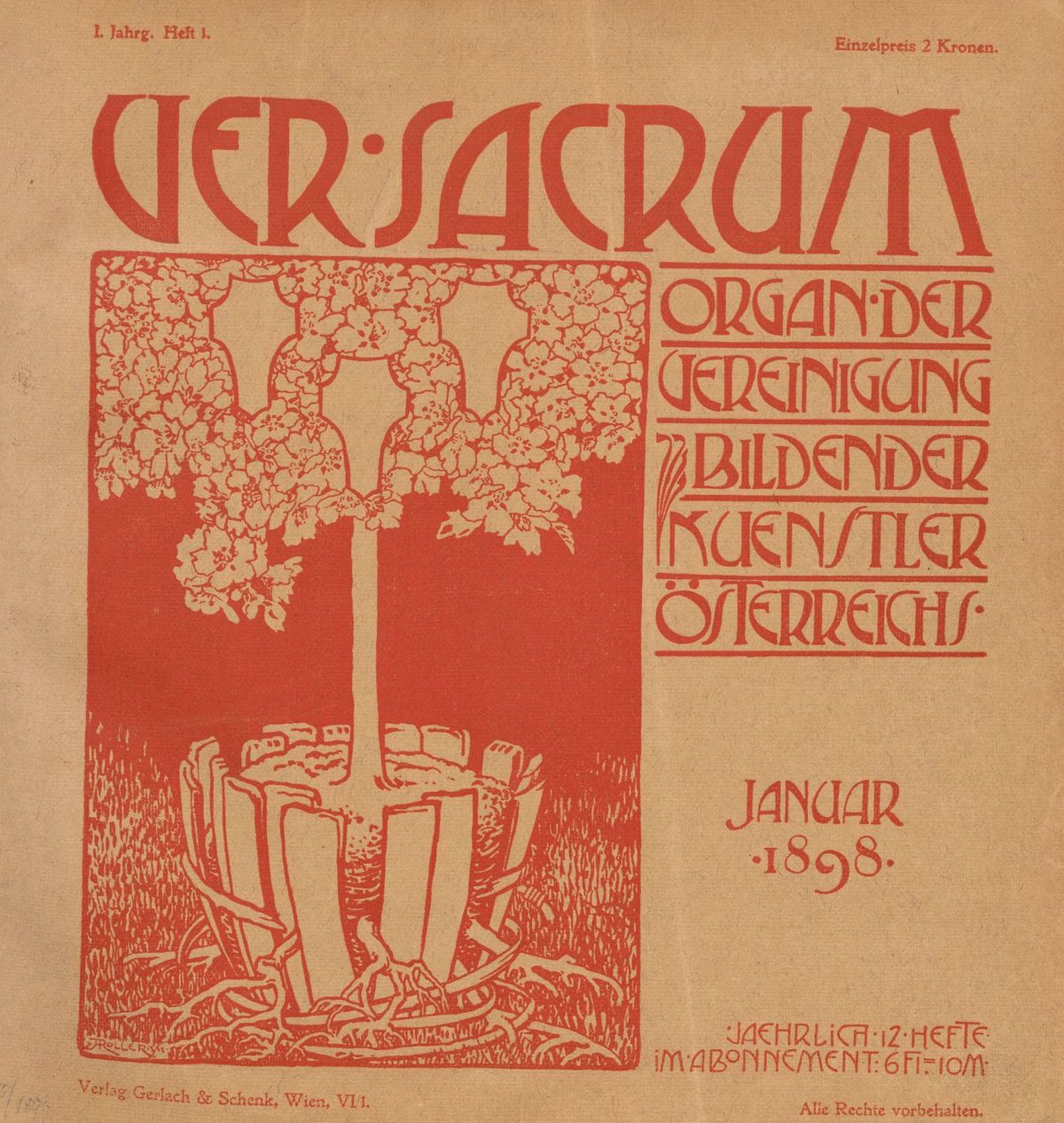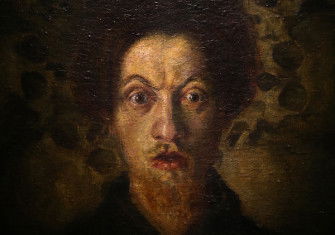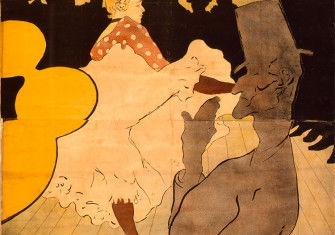The Vienna Secession is Founded
On 3 April 1897 a young Gustav Klimt led a group of artists in open revolt, seceding from Vienna’s cultural establishment.

On 3 April 1897 a meeting between 19 artists in a Viennese coffee house yielded a new movement, the Vereinigung Bildender Künstler, better known as the Vienna Secession. At its head was a young Gustav Klimt.
Art in Vienna was controlled by the Künstlerhaus, the artists’ professional body, a group firmly embedded in the imperial establishment. It was from this that they were seceding; their movement’s name derived from secessio plebis, the plebeian revolt against patrician power under the Roman Republic.
The Secession was a creative revolt, seeking what they called stilkunst – a complete aesthetic renewal. But it was a pragmatic one too. The Künstlerhaus controlled not only which paintings were exhibited in Vienna, but which could be exhibited abroad.
A magazine, Ver Sacrum, was launched in 1898. Its name referenced the sacred spring of an ancient pagan ritual of renewal. A dedicated exhibition space was built, which the art critic Ludwig Hevesi promised would ‘break the chains and raise the dead from their graves’ and herald the dawn of a ‘Great Vienna’.
Ver Sacrum ceased in December 1903. In June 1905 Klimt led another split from the Secession, leaving only a rump of realist artists behind.






